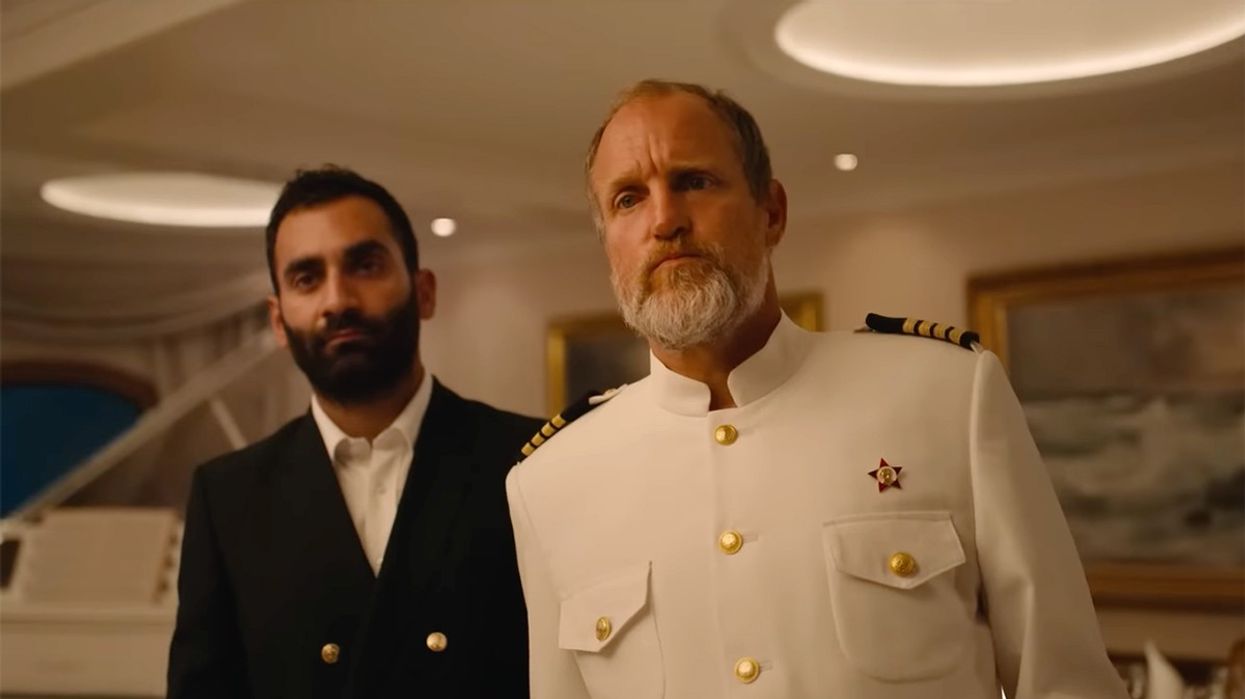How the Table Scene from 'Triangle of Sadness' (No, Not That One) Was Made
We love a good table scene, and this one is genius.

Did you see last year's Palme d'Or winner from Cannes? Triangle of Sadness is a masterful black comedy about wealth and image that follows a doomed yacht carrying some of the most despicable (and hilarious) big shots ever captured on film. It's also an upstairs/downstairs drama set on the sea.
Writer/director Ruben Östlund skewered the rich, social media, and more with wit and disgust. If you know, you know.
The film opens with Carl (Harris Dickinson), a model, and Yaya (Charlbi Dean), a social media influencer. The couple is well off, but Carl hates that the wealthy Yaya expects him to pay for a fancy date. The extended argument over their dinner sets the tone for the entire film.
Östlund breaks down the scene and provides a unique behind-the-scenes glimpse into his process for Vanity Fair. Check it out below!

Östlund breaks down the table scene from Triangle of Sadness
Östlund reveals that the scene is based on a real-life experience he had with his wife. They had a similar argument about gender roles and relationship expectations (write what you know!).
The placement of the characters also matters. Yaya, who has the money and power in the scene, is placed with her back to an open room and window. Carl is literally backed into a corner. Shadows surround him.
Östlund says he storyboarded as he wrote, so he had specific visuals in mind early on.
"And I enjoy so much doing these storyboard pictures because if you want to work on the small, small details, you have to find a way of making yourself concentrated on the actual topic for a long time," Östlund says. "And drawing — and you're sitting on the computer because I draw these images in Photoshop — and then all of a sudden you come up with a great idea that is connected to the scene in some way."
Östlund says he gives his actors the freedom to say whether they "believe" in the lines or not. Östlund thinks it's his job to change the scenes to make the lines possible and believable for them to say. Be flexible as a director and consider taking feedback from your actors — they are inhabiting your characters fully and could make them more well-rounded.
The scene plays out in a bit of early-relationship awkwardness as both characters are testing the other's boundaries, playing off their pain as jokes, but the conflict is maintained for the entire conversation. It rises and falls. It's incredibly well-written, well-acted, and well-shot.
Did you see Triangle of Sadness? What did you learn from it? Tell us in the comments!
Source: Vanity Fair











